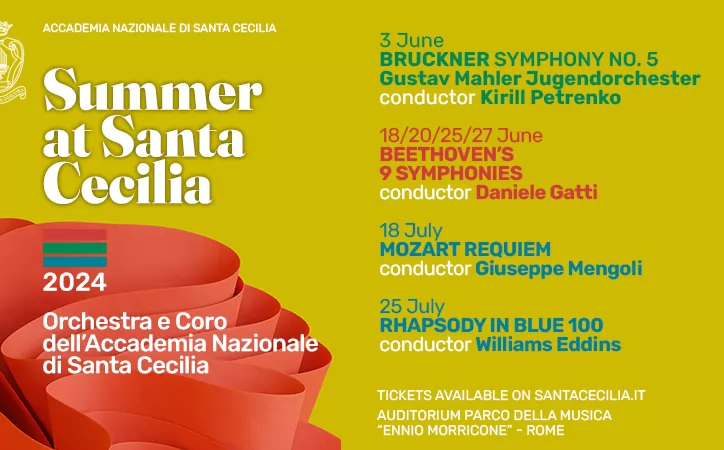Saracinesco, the town of sundials.
The little mountain town of Saracinesco, some 20 km east of Tivoli, has several claims to fame. Founded by Saracens, it is Lazios smallest comune or municipality with a mere 160 inhabitants. It also has a unique outdoor Museum of Time, with fascinating models of ancient and unusual sundials displayed on street corners and in small squares.
Saracinesco is perched on a rocky outcrop towering 900 m above the Aniene river valley. To reach it, you branch off from the Rome-LAquila highway at the Vicovaro-Mandela exit and follow a steeply twisting mountain road that leads up to and ends at the town. Throughout the Middle Ages, the site was an indomitable stronghold, controlled first by the Benedictine monks of nearby Subiaco and then by the Hohenstaufen family of Svevia, which ruled the greater part of Italy during the 13th century. The town was founded, however, by Saracen refugees, survivors of the battle in which Pope Giovanni X swept the Islamic raiders from the area in 916.
We call Saracinesco an Arab-Svevo town and were very proud of our origins, said Marco Orsola, town councillor for public works. A lot of local surnames derive from Arabic and there are also many typical Arab features in the buildings.
The project for the Museum of Time, he explained, was conceived partly as a tribute to the towns ancestors, as the Arabs were considered the leading mathematicians in the Middle Ages.
Orsola said in 1999 the Lazio region ran a competition amongst all the small towns or comuni to see who could come up with the best ideas for improving their town and creating some feature of interest and attraction. Saracinescos Museum of Time was one of the 16 projects chosen.
The museum was subsequently founded between 2001 and 2002 with regional backing. The result is a fascinating itinerary along the narrow, echoing old streets that wind round the foot of the ancient citadel. The route leads to various models of sundials, all scientifically reconstructed by astrophysicist Andrea Carusi, the leading researcher of the Istituto di Astrofisica Spaziale e Fisica Cosmica (INAF), and architect Roberto Ziantoni.
The most striking is the monumental Carpe Diem sundial which, from its dominant position high on the rock face of the fortress, can be seen for miles around. It is also the most common vertical type of sundial the one that we are used to seeing on south-facing walls of churches and public buildings. At sunset, this Saracinesco clock captures the rays of the sinking sun and reflects them over the darkening valleys. In addition, it camouflages an ugly cement wall that contains the towns water cistern. Improving the appearance of the place was one of the objectives of the Lazio competition, Orsola explained.
A flight of steps on the left leads up to a terrace at the very top of the town, where there is a huge horizontal sundial set into the pavement. It has been positioned to lie parallel to the horizon. The climb is worth it, if only to admire the view.
A more unusual type of sun clock sits in the little park right under the Carpe Diem sundial. Known as a Lambert clock after the 18th-century German mathematician and physicist Johann Heinrich Lambert, it takes the form of a circular basin of water, with the hours marked beneath the surface. Following the route through the village, you can also admire a model of an equatorial (also called an equinox) sundial, composed of two half hoops of stainless steel, which mark the hours and the meridian, and a reproduction of the intriguing Sphere of Matelica. This unusual instrument was discovered in the small town of Matelica in the Marche region of Italy in 1985, while work was being carried out to consolidate the foundations of Palazzo del Governo. A marble sphere, it was marked with a series of lines, concentric circles, holes and letters of the Greek alphabet. Set in the correct position, it registered the hours of sunrise, the length of the day, the solstices and equinoxes and the passage of the sun through the constellations. There is only one other known example of this kind of sundial, which was found in Greece in 1939.
A personal favourite, however, was the model of the cylindrical Shepherds Clock, sitting on a low wall in the main square, beside the historic church of S. Michele Arcangelo. This instrument is attributed to the 11th-century German monk Hermannus Contractus. The Saracinesco example is a large column of stainless steel, but normally these sun clocks are small and portable. They got their name, in fact, because shepherds often carried them and it is believed that they are still in use amongst shepherds in the Pyrenees.
We also liked the idea of a Museum of Time because time seems to stand still here, said Orsola at the end of our tour. Theres no rush or stress.
Saracinesco may be quiet, but it is far from being a backwater. In honour of its Arab roots, the town maintains steady relationships with the north African countries of the Mediterranean, with exchange visits and an annual feast day on 20 August.
For more information contact the tourist office on tel. 3356375190 or the town hall on tel. 0774791056-791004,
email: comunesaracinesco@libero.it.





















